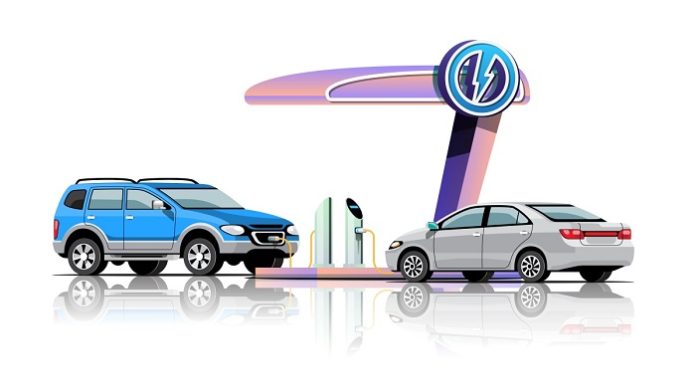Tata Motors expects electric vehicle sales to more than double in the current financial year backed by a strong tailwind for cleaner vehicles amid rising fuel prices in the country. Given the sustained rise in the order book, the company expects the Indian passenger vehicle market to scale to a new peak.
On its part, Tata Motors is working overtime to debottleneck its production and it hopes to bring in the incremental capacity of 10-15% or 50000 to 75000 units.
Speaking on the sidelines of the new Tata Curvee Coupe concept vehicle showcase on Wednesday, Shailesh Chandra, president of Tata Motors Electric Vehicles Ltd said the demand is far exceeding supply and the company expects to sustain a monthly run rate of 3500 units a month.
Chandra said he had not expected this kind of traction. Every month as the company caught up on the supply side, the demand was inching higher.
“Our trend trajectory indicates, the number could more than double. The semiconductor supply is the only thing, which could pull it back, having said that things however have improved, but one needs to see what is the implication of Russia-Ukraine, the new wave in China, and all that remains to be seen,” he added.
Chandra expects the share of EVs to be double-digit in FY-23 and by FY-26, it expects the share to increase to 20-25% of the total production.
Tata Motors sold 19,106 units of EVs in FY-22, averaging about 1600 units a month, but it exited with a monthly rate of 3357 units in March 2022, which pushed the EV penetration to 8% of the total monthly volumes.
The ratio of the EV passenger vehicle sales to the total PV volume rose to 5.15% at the end of March 2022, compared with 1.89% in the previous fiscal year thanks to greater acceptance of EVs by consumers, aided by fiscal incentives dolled out by a couple of state governments to buy electric vehicles.
The performance of EVs has far exceeded the company’s expectations and it is looking at ramping up capacity and securing more chipsets to cater to higher demand.
Tata Motors has committed over $2 billion to the electric vehicle game and it is on course to have a portfolio of 10 products by FY-26.
“Both from a demand and supply point of view, EV business performance has exceeded our expectations. We were able to secure a 30% higher supply than planned, the demand was also double what we could deliver. Demand skyrocketed, the word of mouth was very positive, and our customers have become our brand ambassadors. 20000 EVs on the road are running advertisements for us,” said Chandra.
As for the mainstream market, Chandra expects the market to grow by a strong double-digit and with the strong tailwind in demand, the passenger vehicle market may scale a new peak this financial year.
“If the supplies improve, the industry could hit a new peak and there is no major black swan event. From the demand perspective, it is still growing. We will look at all options to expand capacity – (not ruling out inorganic opportunity),” added Chandra.
Last year, the industry was operating at 85% of demand, there was at least 4 lakh vehicle demand in the last financial year which is yet to be served and it has been transferred into this year. And this demand has been created by supply-side constraints.
The tentative production schedule of Tata Motors suggests that the company is planning to produce nearly five lakh units of PV in FY22. This would mean if the company planned to achieve 10-15% of the total PV from the EV, it needs to produce around 50,000 to 75,000 units in the current fiscal year—a gain of at least 2.5 times in comparison to the EV volumes of FY22.
Experts say Tata Motors’ passenger vehicle business is likely to post a profit for the first full year in FY-23 due to significant operating leverage.








